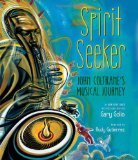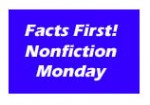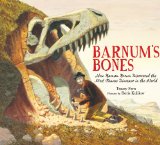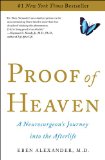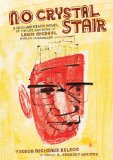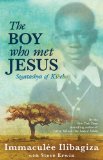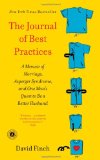Review of Spirit Seeker, by Gary Golio
John Coltrane’s Musical Journey
by Gary Golio
paintings by Rudy Gutierrez
Clarion Books, 2012. 42 pages.
Starred Review
I admit, I was hoping I’d see this book mentioned in the Coretta Scott King awards, if not the Caldecott.
This picture book biography is written for elementary school readers. The story of John Coltrane’s life talks about how his love of music combined with his spiritual quest to produce something beautiful. His grandfather was a preacher and his father was a musician. Both those men died when John was still a boy, and he lived the rest of his childhood in poverty. But he’d already gotten a foundation of music and of faith.
The book doesn’t flinch from some side trips that Coltrane took. Here’s the text on one of the double-page spreads:
Moving back to Mama’s house in Philadelphia, John saw his world come to a sudden stop. His body was sick, and his pockets were empty.
Now he had to choose, between the dead end of drugs or a life rich with music.
Waking one morning, John remembered his grandfather’s words — the promise of Spirit, and of healing. He asked Mama and Naima for help.
With nothing to eat and only water to drink, he stayed alone in his room, resting and praying, as the drugs slowly left his body. It was painful, but John felt that he was being cleansed — made new again.
When he came out, a few days later, he was free.
But I haven’t talked yet about the paintings!
The illustrations here are what transform this from an excellent, serviceable biography and good story into a stunning work of art.
Much of the text talks about spirituality and music, and the expressionistic paintings put that on the page. The mood of each page matches the text, and you can almost hear the music. The pages give us a wide variety of colors and scenes, but all express a feeling.
But it’s hard to talk about pictures, when you can check out this book and in a few moments grasp the power of these paintings to make you feel what the words are telling. This one’s worth taking a look at.
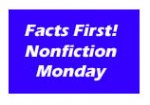 I’m posting this review today in honor of Nonfiction Monday, hosted today at Shelf-employed.
I’m posting this review today in honor of Nonfiction Monday, hosted today at Shelf-employed.
Find this review on Sonderbooks at: www.sonderbooks.com/Childrens_Nonfiction/spirit_seeker.html
Disclosure: I am an Amazon Affiliate, and will earn a small percentage if you order a book on Amazon after clicking through from my site.
Source: This review is based on a library book from Fairfax County Public Library.
Disclaimer: I am a professional librarian, but I maintain my website and blogs on my own time. The views expressed are solely my own, and in no way represent the official views of my employer or of any committee or group of which I am part.
Please use the comments if you’ve read the book and want to discuss spoilers!
